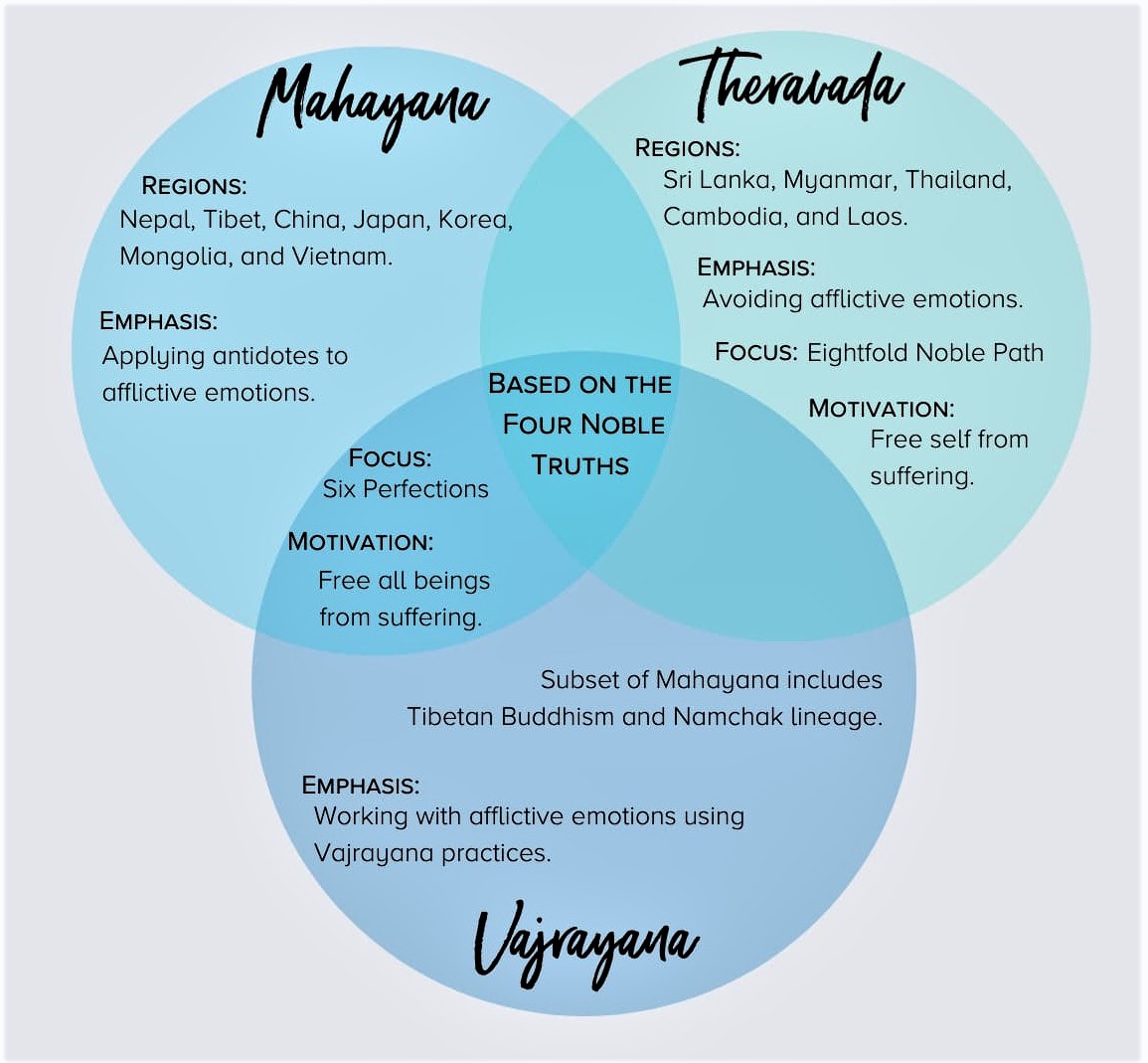7667766266
enquiry@shankarias.in
A political row erupted after a clip of Delhi minister Rajendra Gautam attended a mass conversion gathering where people took the 22 vows.

The Buddhist population in India is a mere 0.70%, of which 87% are neo-Buddhists. Around 80% of it reside in Maharashtra.
References
Quick facts
The Philosophy of Buddhism